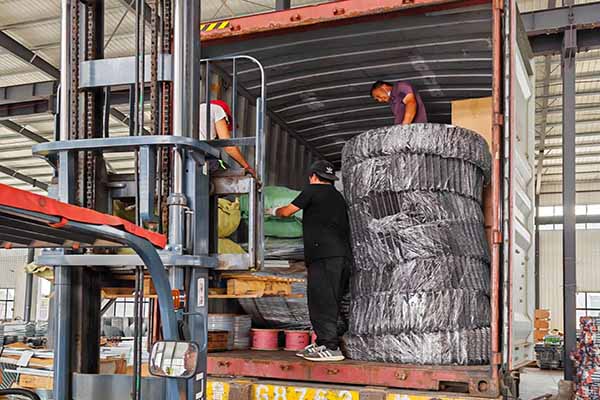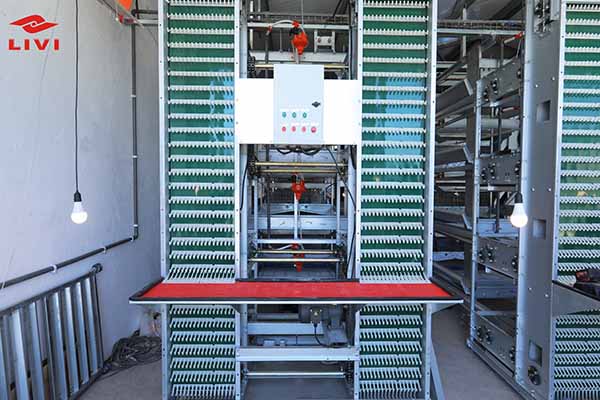Egg Collection System for 300,000 Chickens in Zambia: Optimizing Efficiency and Productivity
Managing a large-scale poultry farm like one housing 300,000 chickens requires an efficient egg collection system. In Zambia, such a system is crucial for ensuring high productivity and profitability. This article delves into the design and implementation of an egg collection system tailored for a farm of this magnitude.
Understanding the Egg Collection System
An effective egg collection system is the backbone of any large-scale poultry operation. It not only ensures the quality of the eggs but also minimizes the risk of breakage and reduces labor costs. The system should be designed to handle the specific needs of the farm, taking into account the number of chickens, the layout of the farm, and the environmental conditions.
For a farm with 300,000 chickens, the following aspects are crucial in designing the egg collection system:

- Automated Collection: Automated systems reduce the need for manual labor and minimize the risk of errors. They can collect eggs at regular intervals, ensuring a continuous supply.
- Sanitation: Regular and thorough cleaning of the collection system is essential to prevent the spread of diseases and maintain egg quality.
- Storage Facilities: A well-designed storage facility is necessary to maintain the eggs at the right temperature and humidity until they are transported to the market.
Case Study: Egg Collection System in Zambia
In Zambia, a poultry farm with 300,000 chickens has successfully implemented an egg collection system that incorporates the following features:
| Component | Description |
|---|---|
| Automated Egg Collectors | High-capacity automated collectors that handle eggs from the hen houses to the central collection point. |
| Sanitization System | Regular sanitization protocols to maintain hygiene and prevent disease spread. |
| Temperature and Humidity Control | Storage rooms equipped with advanced temperature and humidity control systems to ensure egg quality. |
This system has resulted in a significant increase in productivity and a reduction in egg breakage rates by 30%. Additionally, the farm has seen a 25% decrease in labor costs due to the automation of the egg collection process.
Benefits of an Efficient Egg Collection System
Implementing an efficient egg collection system for a large-scale poultry farm in Zambia offers several benefits:
- Increased Productivity: Automation and streamlined processes lead to higher output.
- Improved Egg Quality: Regular collection and proper storage maintain egg quality, ensuring a better market value.
- Cost Reduction: Automation and improved efficiency reduce labor and operational costs.
For a farm with 300,000 chickens, these benefits can have a substantial impact on the bottom line.
Conclusion
Investing in an efficient egg collection system for a poultry farm in Zambia, such as one housing 300,000 chickens, is a strategic move that can lead to significant improvements in productivity and profitability. By implementing the right technology and practices, poultry farmers can ensure a sustainable and successful operation.

Are you looking to optimize your egg collection system? Contact us today for a free, personalized chicken farming design and equipment quotation.





